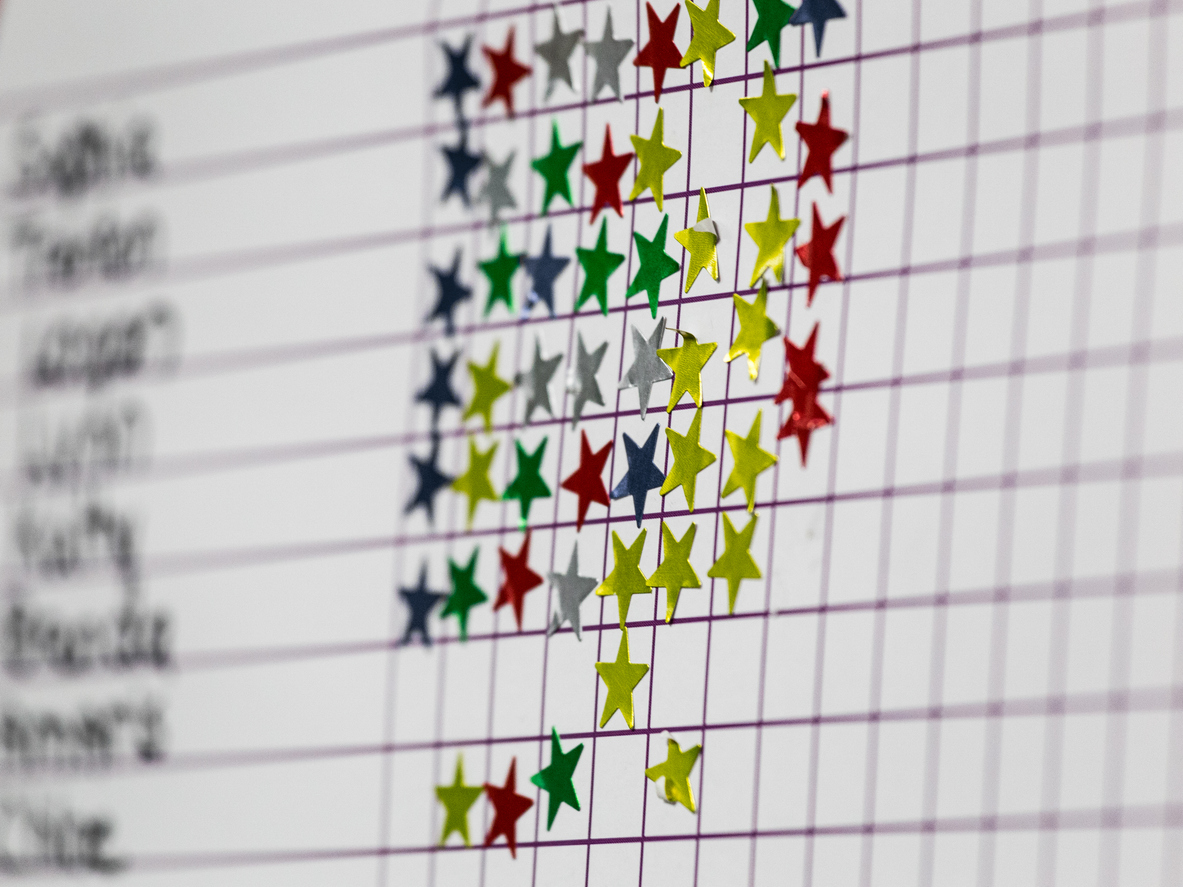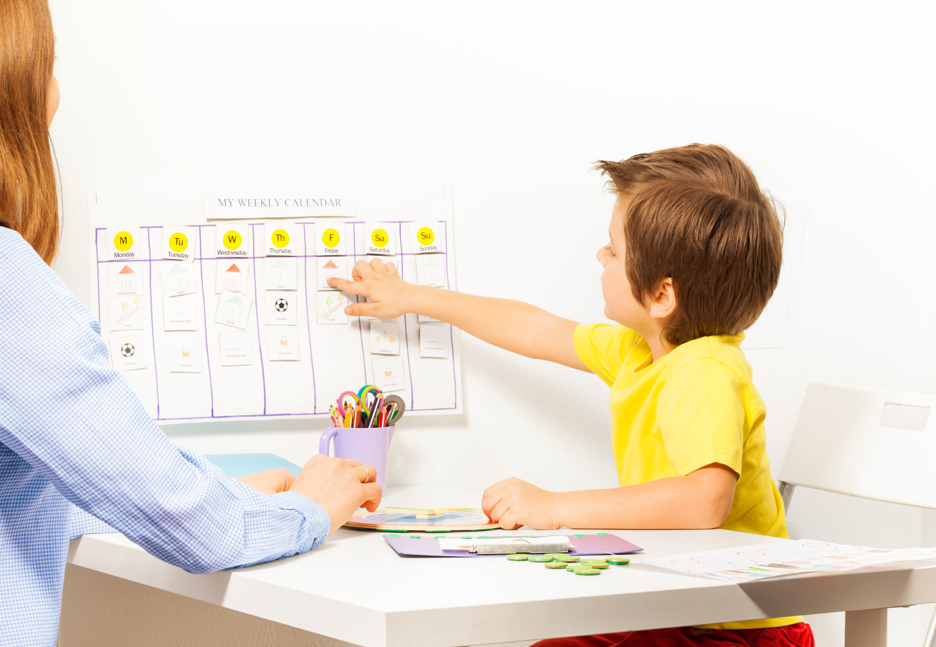How to Strengthen Fine Motor Skills for Kids with Autism
Fine motor skills are essential for everyday tasks, from buttoning a shirt to writing a note. Developing strong fine motor skills promotes greater independence and can improve one’s self-esteem. For individuals with autism, developing these skills can sometimes be challenging. Let’s dive into engaging strategies and activities that can help strengthen fine motor skills for individuals with autism.
The Importance of Fine Motor Skills
Fine motor skills involve the coordination of small muscles, primarily in the hands and fingers, to perform tasks. These skills are necessary for tasks like writing, cutting with scissors, and tying shoelaces. However, developing fine motor skills is not just about accomplishing tasks; it’s also about fostering greater independence and improving cognitive development. Fine motor activities can enhance concentration, hand-eye coordination, and dexterity, which are beneficial beyond the immediate task at hand. Furthermore, they can play a vital role in communication development, particularly for those who use alternative communication methods like sign language or communication devices. For individuals with autism, mastering these tasks can sometimes require additional support and practice.
Strategies to Strengthen Fine Motor Skills
- Incorporate Individual Interests: One of the best ways to engage individuals with autism in fine motor activities is to incorporate their interests. Whether it’s dinosaurs, trains, or music, using themed activities can make the learning process more enjoyable and motivating.
- Use Visual Supports: Visual instructions or step-by-step guides can help individuals understand and follow tasks more easily. This approach can also assist in building their independence as they learn to rely on visual cues rather than verbal prompts.
- Break Down Tasks: Breaking down tasks into smaller, manageable steps can make it easier for individuals to understand and complete them successfully. This method also builds confidence as they master each step before moving on to the next.
- Incorporate Sensory Play: Many individuals with autism are sensory-seeking. Activities that involve different textures and sensations can be both enjoyable and beneficial for fine motor development. Consider using materials like playdough, sand, or water beads to enhance engagement.
Activities to Enhance Fine Motor Skills
- Playdough Creations: Play dough is a fantastic tool for strengthening hand muscles. Encourage your child to roll, pinch, and mold play dough. You can also hide small objects in the dough for them to find, adding an element of surprise.
- Bead Stringing: Stringing beads onto a string or pipe cleaner is excellent for improving hand-eye coordination and finger dexterity. Start with larger beads and progress to smaller ones as skills improve. This activity also encourages concentration and patience.
- Pincer Grasp Games: Activities that require using the thumb and forefinger, such as picking up small objects with tongs or tweezers, are great for developing a pincer grasp. Sorting games using colorful pom-poms or small blocks can make this exercise fun and visually stimulating.
- Cutting and Pasting: Encourage the use of scissors to cut out shapes from paper. This activity not only strengthens fine motor skills but also helps in understanding spatial relationships and following lines or patterns.
- Puzzle Play: Puzzles are excellent for developing problem-solving skills as well as fine motor coordination. Start with simple puzzles and gradually increase complexity.
- Finger Painting: This activity is not only fun but also beneficial for motor skills development. It promotes hand-eye coordination, creativity, and sensory exploration.
- Building Blocks: Playing with building blocks like LEGO sets can also strengthen fine motor skills. Encourage creating specific structures or allow your child to get creative!
Be Consistent and Encourage Progress
Consistency of practice and encouragement of progress are key to enabling your child to strengthen their fine motor skills. Celebrate small successes and provide positive reinforcement to boost confidence.
Conclusion
Strengthening fine motor skills doesn’t need to be a chore. There are a number of play-based activities that will help your child to develop stronger muscles in their hands and fingers. By integrating your child’s special interests, using visual aids, and breaking down tasks into small components, you can help your child with autism to develop stronger fine motor skills. Celebrate small victories, keep the energy high, and watch those skills grow!




